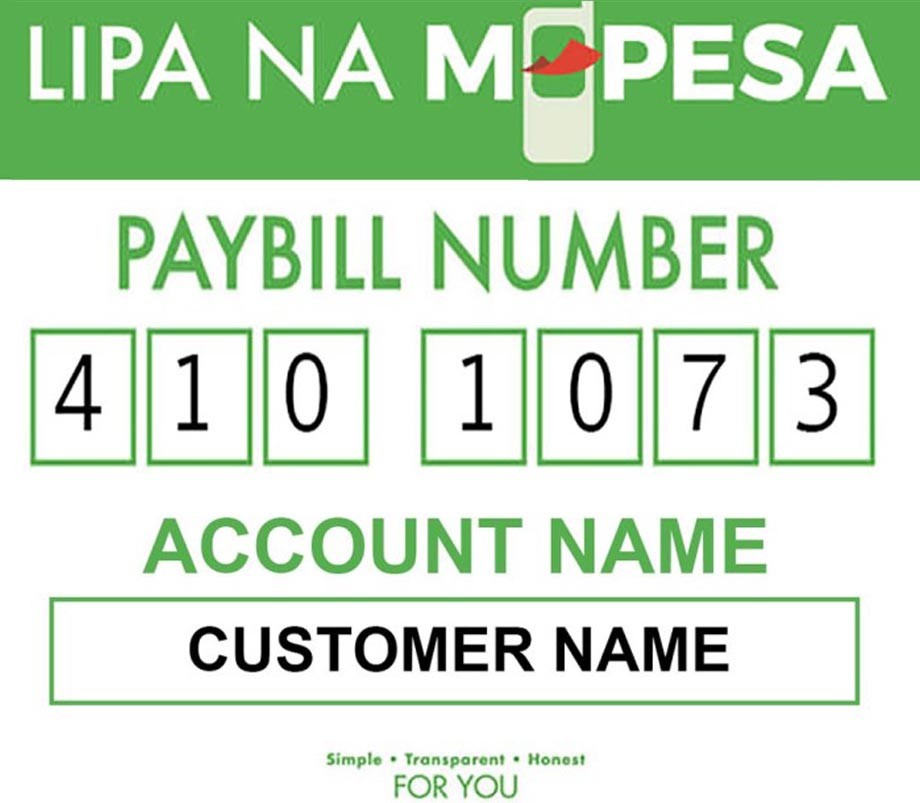Blog
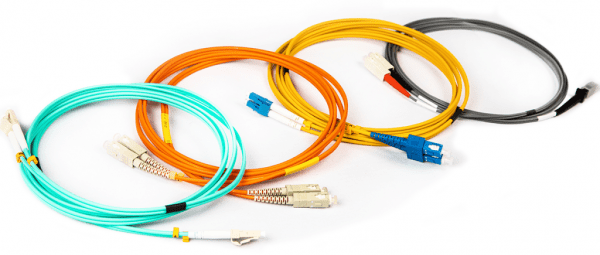
Patch cords
Elevate your network with our premium patch cords. Reliable, durable, and efficient, our cords ensure seamless data transmission. Explore now for optimal connectivity!"
View More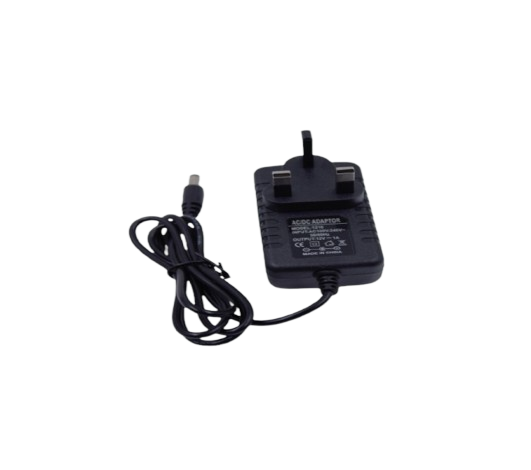
Router power adapter
"Power up your router seamlessly with our efficient router power adapters. Compact, reliable, and compatible with various models, ensuring a stable and uninterrupted network experience. Shop now for instant connectivity!"
View More
PDU system
A Power Distribution Unit (PDU) is a device used in data centers to distribute electric power to multiple devices such as servers, switches, and routers.
View More
Advantages of fiber optic micro cables
Fiber Optic Micro Cables are optimized for small size, not large fiber counts, and are aimed at installations where their small size simplifies installation and reduces cost.
View More
Differences between SFTP and FTP CAT 6 cables
FTP (File Transfer Protocol) and SFTP (SSH File Transfer Protocol) are two different protocols used for transferring files over a network. On the other hand, Cat 6 cables are a type of Ethernet cable used for networking purposes. Let's break down the differences between FTP and SFTP, and then discuss Cat 6 cables.
View More
Unleashing the power of Fiber Optic ADSS Cables in Kenya's industrial sector.
Unleashing the Power of Fiber Optic ADSS Cables: Revolutionizing Communication Networks.
View More
Optical Distribution Frames
An Optical Distribution Frame (ODF) is a critical component in fiber optic networks. It serves as a centralized point for terminating, splicing, and interconnecting fiber optic cables. ODFs are typically found in telecommunication facilities, data centers, and other network infrastructure environments.
View More
The banding tool
A banding tool is a specialized tool used in fiber optics for applying stainless steel bands or straps to secure cables or other components. It is primarily used in the installation and maintenance of fiber optic cables and their associated hardware.
View More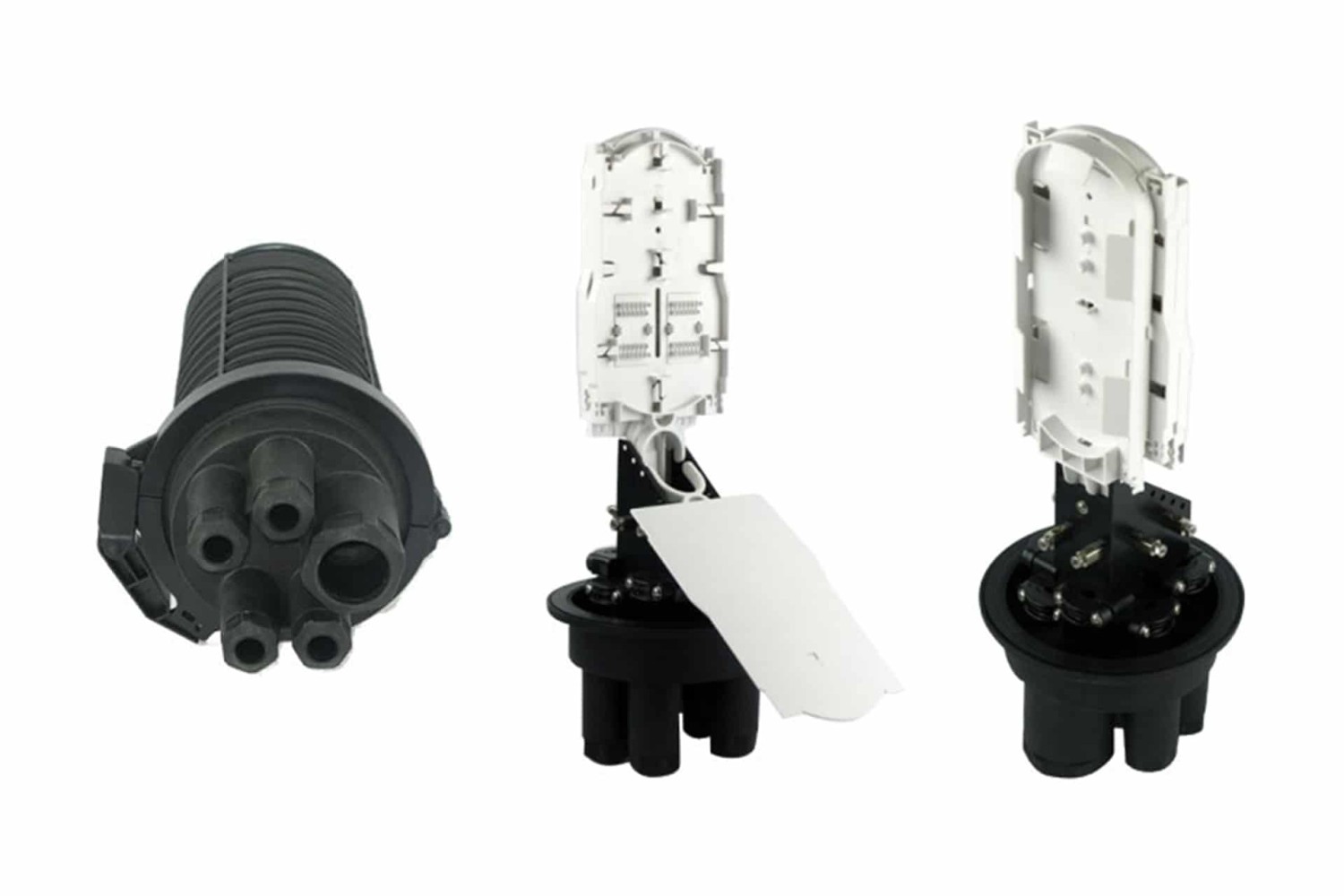
Difference between Heat shrink and Mechanical dome enclosures
Heat shrink and mechanical dome enclosures are two different types of protective enclosures used in fiber optic installations. Here are the main differences between them:
View More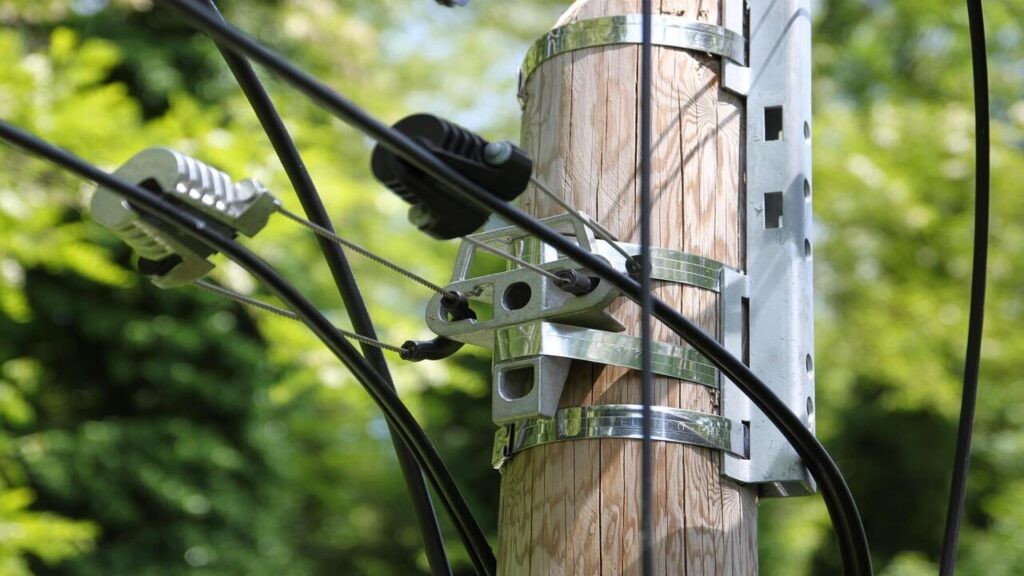
Fiber Optic Cable clamp
The fiber optic cable clamp plays a crucial role in ensuring secure and reliable connections. This blog post explores the significance of fiber optic cable clamps, their construction, functionality, and the benefits they provide to the telecommunication industry.
View More
Fiber optic anchoring clamp and its uses
Fiber optic anchoring clamps play a crucial role in the installation and maintenance of fiber optic cables. These clamps provide secure and reliable anchoring points for fiber optic cables, ensuring proper alignment, strain relief, and protection against external forces. In this response, we will explore the various uses and benefits of fiber optic anchoring clamps in detail.
View More
Uses of a Single Layer Tension Clamp
A single-layer suspension clamp is a versatile component used in various applications that involve overhead lines and cables.
View More442
0
734
172
